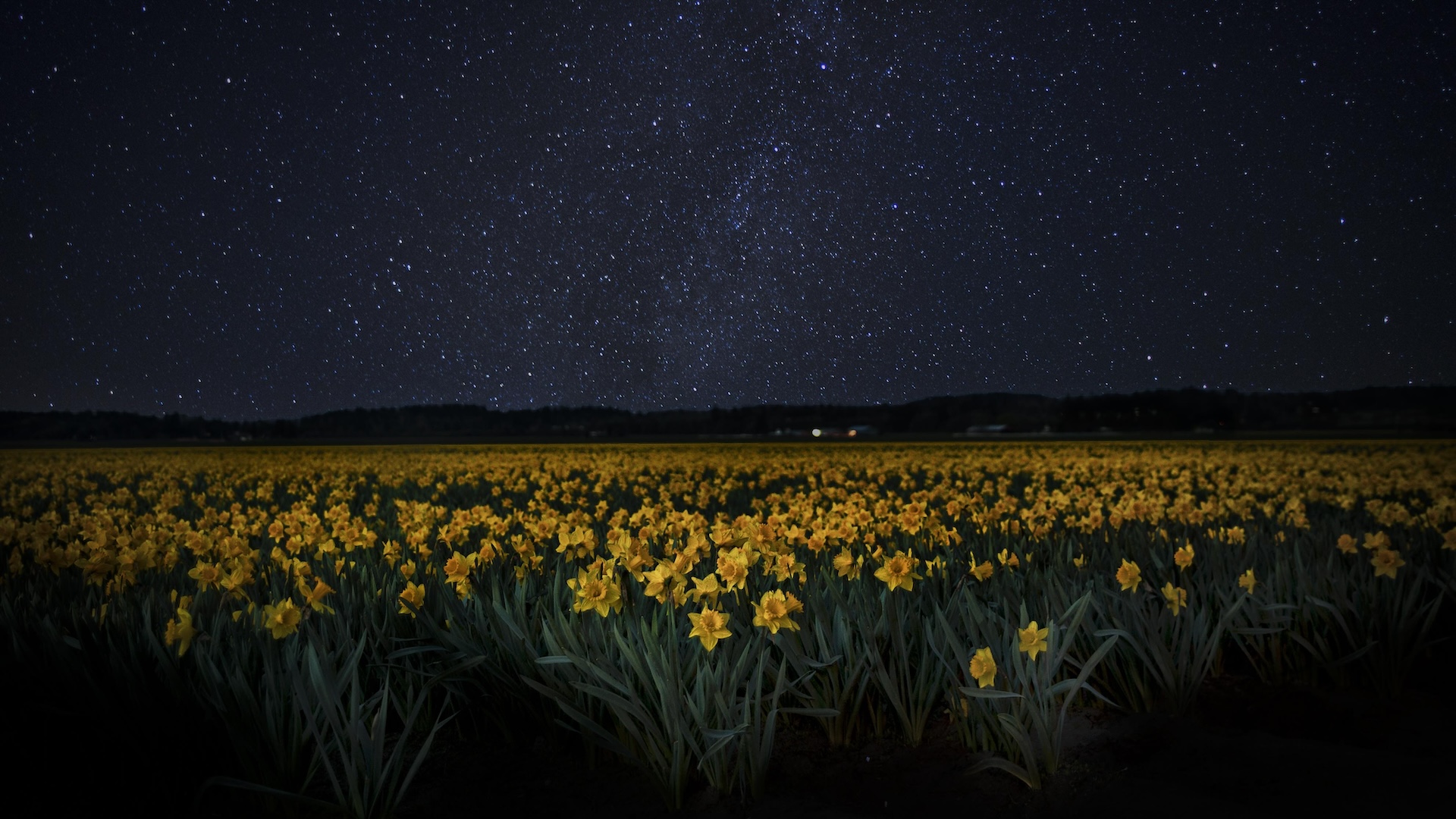Livescience
2w
318

Image Credit: Livescience
May's best stargazing week is about to begin. How to see a lion, an upside-down bear, a mini 'planet parade' — and more.
- The upcoming new moon on May 26 will provide a perfect opportunity for stargazers as it darkens the night sky, minimizing light pollution for optimal viewing.
- From May 20 to May 30, stargazers can observe various celestial objects in the night sky, including Ursa Major with the Big Dipper asterism, easily recognizable in the Northern Hemisphere.
- Leo the lion, marked by a backward question mark of stars and the bright star Regulus, will be prominent in the southern sky in May.
- A 'planet parade' on May 23 will feature a crescent moon near Venus and Saturn before sunrise, offering a rare viewing opportunity.
- Botes, the herdsman constellation, can be found by following the arc from the handle of the Big Dipper to the bright star Arcturus, forming a distinct shape akin to a kite or champagne flute.
- The Hercules Cluster, particularly M13, located in the constellation Hercules, offers stargazers a chance to observe a dense globular cluster containing over 100,000 stars from a distance of 25,000 light-years.
Read Full Article
19 Likes
For uninterrupted reading, download the app